Lawn Tennis
Lawn Tennis is a exciting sport that demands exceptional skill and years of practice. Its timeless charm has made it a favorite among players and fans worldwide. This popular racket sport can be played individually or in doubles, and its global appeal is due to the minimum equipment required—a rubber ball and a racket—making it accessible to many. The simplicity of its rules adds to its universal appeal. Beyond its exciting gameplay, Lawn Tennis has a rich history that takes us back in time.
Origin of tennis and when was tennis invented
The history of lawn tennis is a fascinating story with many layers. While some believe it originated in ancient Egypt or France, the modern game we know today began in 1872. Walter Clopton Wingfield, a British soldier, played a significant role in setting the rules and was inspired by the ancient Greek game “Sphairistike.”
Earlier, the game was called “Tennis on the Green,” but eventually, the name “Lawn Tennis” became widely accepted.
The game has its roots in the French game of “Court Tennis,” which was popular among the upper class. Many tennis terms, including “tennis” itself, come from French. The game gained popularity in the late 19th century and became a significant business with professional players competing in tournaments by the 1920s.
The US Open in 1968 marked a significant shift towards global popularity, and today, lawn tennis is enjoyed by millions of fans worldwide, with its rich history and cultural significance making it a beloved sport for many.
Watch the video
Tennis Rules: A Guide to the Game
The game of Lawn Tennis may seem simple, but it requires skill and talent from players. Whether playing singles, doubles, or mixed doubles, understanding the rules is crucial. Here are the key rules to keep in mind:
Game Categories:
Singles: Played between two individuals, maintaining the singles sidelines.
Doubles: Four players, two on each side, adhering to wider court dimensions and a common gender.
Mixed Doubles: Teams of two, with male and female players, following the same rules as doubles.
Serving Rule:
- Toss or racquet spin determines the serving and receiving players.
- The server stands behind the baseline, hitting the ball to start the game.
Position Arrangement:
- The serving player is called the server, and the receiving player is called the receiver.
Service:
The Throw: The server throws the ball up in the air.
Hitting the Serve: The server hits the ball diagonally over the net to the other side. Their feet can’t touch the line when they hit.
Serving Right: The ball needs to land in the other team’s service box, which is the diagonal square opposite the server.
Ready, Set, Hit: Both the server and the receiver need to be ready before the serve happens.
Net Touches: Sometimes the ball might feed the net and still land in the right place. That’s okay! The server gets another chance (called a “Let”). But two “Lets” in a row mean the server loses a point.
Serving Woes: Missing the ball completely during the serve or throw is a fault, and the other team gets a point.
Receiving: The other player can’t hit the ball until it bounces once on their side.
Remember, these are just the basics. As you get better, you can learn more about different types of serves and advanced rules. But for now, have fun hitting the ball back and forth!
Tennis equipment: Racquets, Balls, and Bags
Tennis racquet:
Your tennis racket is like your trusty momentum on the court, so here’s the lowdown on its parts:
Frame: This is the main body of the racket, holding everything together.
Handle: This is where you grip it and rip it! Choose one that feels comfortable in your hand.
Strings: These are the stretchy things that make the ball ping pong back and forth.
Weight: Lighter rackets swing faster, good for beginners. Heavier ones hit harder but need more muscle. Choose what feels good for you!
Strings: There are two main types:
- Gut Strings: Made from cow intestines (yes, really!), preferred by pros for their feel and power, but they break more easily.
- Synthetic Strings: Made from materials like nylon or polyester, they last longer and are easier to care for, but don’t offer the same feel as gut.
The perfect racket is like a good friend: comfortable, reliable, and helps you play your best!
Tennis ball:
Tennis balls ain’t just yellow fluff! Here’s what makes them bounce like crazy:
Inside Story:
- Imagine a hollow rubber core, like a bouncy ball, but more sophisticated. This core is squeezed tight with air (pressurized!), giving it an extra jump.
- The outer layer is either made of nylon or wool, making it rough for better grip and control.
Weighty Matters:
- Tennis balls aren’t feather-light! They weigh between 2 and 2.17 ounces, just the right amount for powerful swings and high bounces.
Tennis Bags:
Tennis bags aren’t just carries for your stuff! They’re designed to make the game more fun and easier for everyone, whether you’re a pro or just picking up a racket for the first time.
Think of them as portable locker rooms you can carry on your shoulders. They have special compartments for your racquets balls clothes and even other things like water bottles and snacks.
Having the right gear, like a good bag that fits everything you need, can make your tennis experience better. No more climbing for lost balls or worrying about your racquet getting scratched! So grab a bag and get ready to ace your next game!
Regular bags don’t cut it for tennis! Tennis bags are like carrying your mini locker room. They have different sections for everything you need: comfortable spots for your racquets , pouches for your tennis balls and space for your clothes .
Plus, there’s room for your water bottle and snacks to keep you fueled up. A good tennis bag keeps your stuff organized and protected, so you can focus on playing your best.
No more wasted time looking for lost balls or worrying about a broken racquet. With the right bag, you’re ready to hit the court with confidence and enjoy the game even more!
Tennis Court Dimensions: Creating the Perfect Playing Field
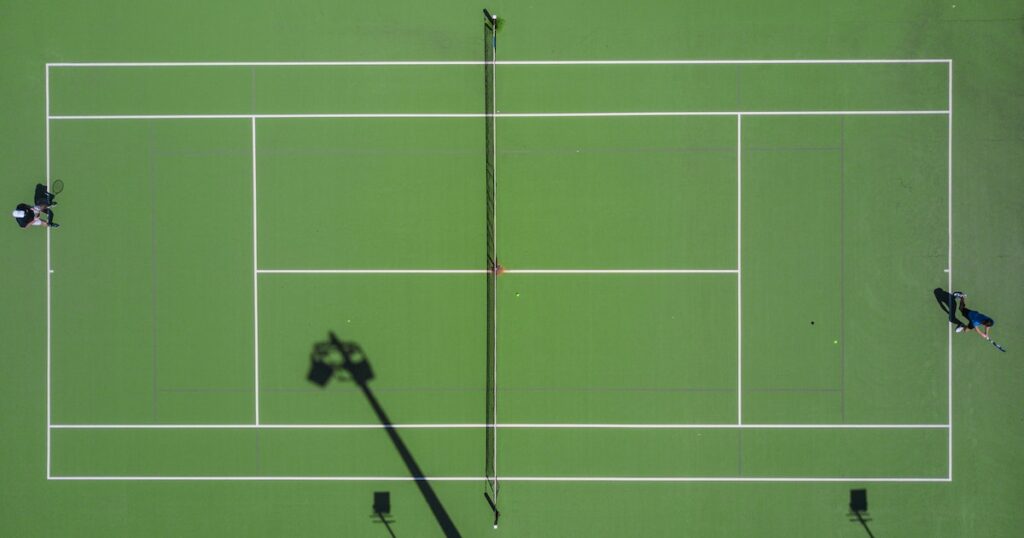
Lawn tennis courts are like the battlefields where all the action happens! They come in different sizes depending on how many people are playing:
Singles Court:
- 1 vs. 1, like a personal duel! The court is about the size of a large parking space (78 feet long x 27 feet wide).
Doubles Court:
- 2 vs. 2, double the fun! The court is a bit wider (78 feet long x 36 feet wide), like two parking spaces side-by-side.
Court Surface:
- Courts can be made of clay or synthetic materials, offering different playing experiences.
Creating a properly sized and well-maintained court, whether it be clay or synthetic, is essential for a perfect game of Lawn Tennis. These dimensions provide the ideal space for players to showcase their skills and engage in thrilling matches.
Tennis score: Understanding the Points, Games, Sets, and Matches
Points:
- Every point starts at “Love” (zero). Think of it like love songs, starting from scratch.
- Score your first point? You’re at 15, like hitting the first verse of a song.
- Second point? You’re at 30, like reaching the chorus.
- Third point? You’re at 40, almost there!
- But wait! You need to win by two points. So if it’s 40-40 (called “Deuce”), the next point is like a bonus round. Win it, and you win the game!
Games:
Tennis games are scored like a race to 4, but you gotta win by at least 2 points! Here’s how it works:
- Every point you score counts as 1 point.
- You need to reach 4 points, BUT…
- Your opponent can’t be right behind you with 3 points. You need to be AT LEAST 2 points ahead to win the game.
Sets:
- Each set is like a mini-game of “first to 6.”
- You need to win 6 games, BUT…
- You gotta be at least 2 games ahead of your opponent to win the set.
Advantage Sets:
Sometimes in tennis, things get close! If both players reach 6 games each (tie!), special rules called “advantage-set” kick in.
Here’s the deal:
- Instead of needing to reach 7 games, you now need to be 2 games ahead of your opponent to win the set.
- So, it’s like a mini-race to be 2 games ahead instead of just 1.
Matches:
- Matches are played in format. of a best-of-three or best-of-five sets
- The player or team with the majority of sets wins the match.
Deuce:
In tennis, sometimes it’s neck-and-neck! When both players are at 40 points (called “deuce”), things get exciting:
- To win the game, you need to score TWO points in a row, even if your opponent scores one point in between. Think of it like a mini-challenge inside the game itself!
- So, if it’s 40-40, you need to get to 41, then 42 to win. If your opponent scores one, it goes back to 40-41, and you need to start over with your two-point challenge.
Knowing how points, games, sets, and matches work helps everyone understand the flow of the game and who’s winning! It’s like cheering for your favorite team and knowing exactly when to jump for joy!
Serving and Rally in Lawn Tennis: Determining the First Server and Engaging in the Rally
Determining the First Server:
- The first server is determined through a toss. They simply flip a coin or spin a racket to choose
- If the player or team correctly calls the outcome of the toss, they earn the right to serve first.
- The player or team who made the incorrect call chooses which side of the court to start playing from.
Rally:
Who starts serving?
Playing rock-paper-scissors to see who starts! You flip a coin or spin a racket and guess the outcome. If you’re right, you get to serve first. If not, you don’t, but you get to choose your side of the court.
The fun begins!
After the serve, it’s like a game of keep-away with the ball. You and your opponent hit it back and forth, trying to keep it within the lines marked on the court.
It’s all about the lines!
As long as the ball lands inside those lines, the rally continues. But if it bounces out or hits the net and rolls off, the other team scores a point!
Knowing the rules is key!
Understanding who starts serving and how the rally works is important because it lets you know when the game starts, how points are scored, and who’s winning! It’s like knowing the rules of any other game so you can have fun and play fair.
Click out for related article
Wimbledon: The Oldest Tennis Tournament with a Rich History
French Open: The Ultimate Stage for Tennis Mastery in Paris
Novak Djokovic: A Tennis Legend’s Remarkable Journey and Achievements
The Legendary Roger Federer: A Tennis Icon’s Record-Breaking Career
| Serial No. | Tournament |
|---|---|
| 1 | US Open |
| 2 | Wimbledon |
| 3 | French Open |
| 4 | Australian Open |
| 5 | Indian Wells Tennis Masters |
| 6 | Tennis ATP Finals |
| 7 | Miami Open |
| 8 | Davis Cup |
| 9 | Fed Cup |
-
US Open:
- Considered the most famous and highly-paid tennis tournament.
- Held at Arthur Ashe Stadium in Flushing Meadows, New York.
- A Grand Slam event with significant prize money.
-
Wimbledon:
- The oldest and most reputable tennis tournament in the world.
- Takes place in London, known for its fascinate grass courts and traditional halls.
- Another respected Grand Slam event.
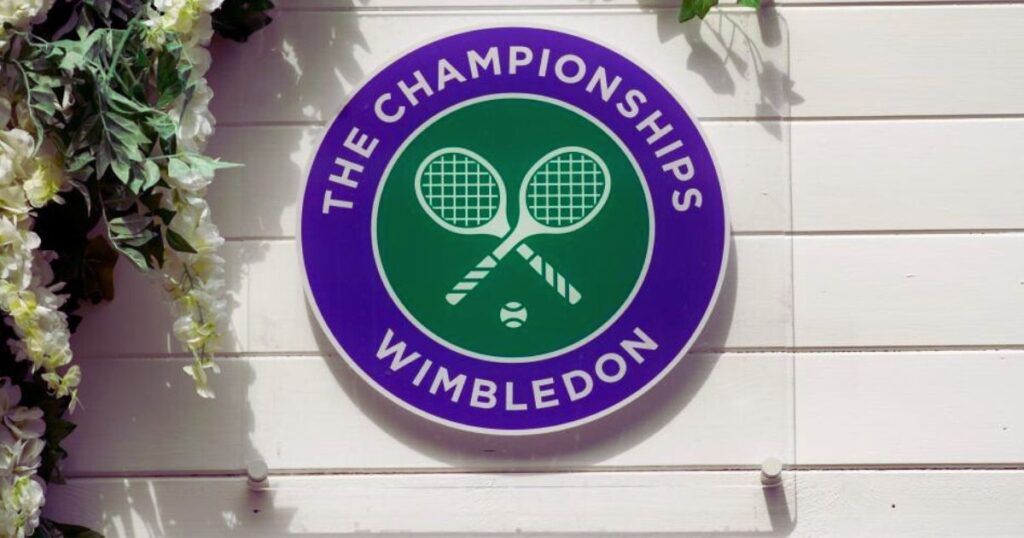
-
French Open:
- Held at Roland Garros in Paris.
- Takes place in the spring and features clay courts.
- Famous for its distinctive red surface.
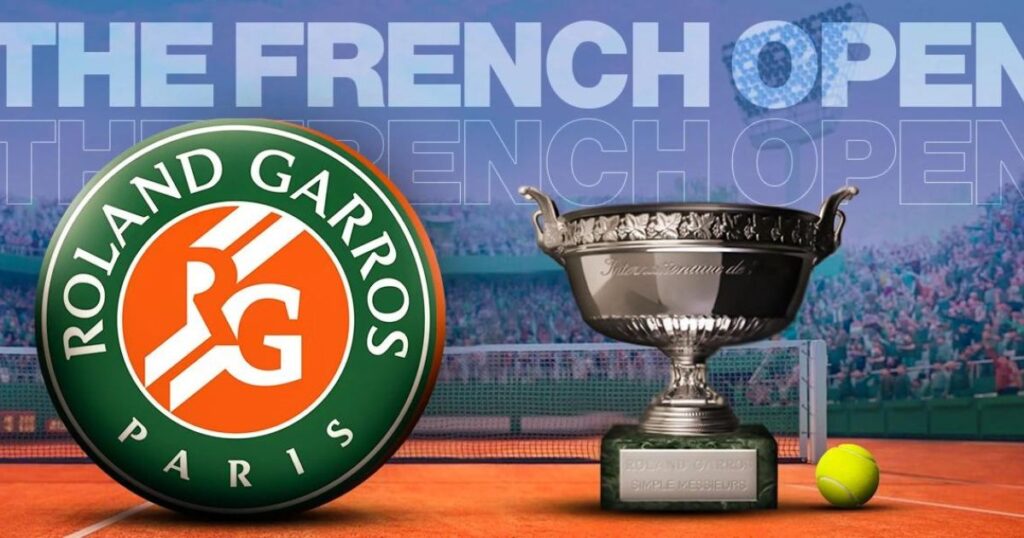
-
Australian Open:
- Held in Melbourne every January.
- One of the top tennis tournaments globally and a Grand Slam event.
-
Indian Wells Tennis Masters :
- Also known as BNP Paribas Open.
- Happen in Palm Desert, California, on March 5th each year.
- Showcases top talent and attracts significant attention.
-
Tennis ATP finals:
- Held in London at the end of each year.
- Welcomes the top 8 players worldwide in the men’s singles category.
- Serves as the season-ending event for the ATP World Tour.
-
Miami Open:
- Takes place in Miami during the spring.
- A popular tournament played on hard courts.
- Draws a large number of tennis enthusiasts.
-
Davis Cup:
- Primarily a men’s event played in a knockout format.
- Played on grass courts and held in different countries annually.
- One of the most prestigious team competitions in tennis.
-
Fed Cup:
- A women’s team event is held in different countries each year.
- Provides a platform for exciting international competition.
These nine tournaments captivate tennis fans worldwide, offering thrilling matches and showcasing the best talent in the sport.
Tennis court types
-
Acrylic tennis courts :
- Description: Textured, pigmented, resin-bound coating.
- Features: Provides a consistent and medium-paced surface with a good grip.
-
Artificial Clay:
- Description: Synthetic surface designed to replicate the appearance and playing characteristics of clay courts.
- Features: Offers a slower pace and higher bounce compared to other surfaces.
-
Artificial Grass:
- Description: Synthetic surface designed to resemble natural grass courts.
- Features: Provides a fast-paced and low-bouncing surface with a good ball skid.
-
Asphalt:
- Description: Surface made of bitumen-bound aggregate.
- Features: Typically used for outdoor tennis courts, offering a medium-paced playing surface.
-
Carpet court tennis :
- Description: Textile or polymeric material supplied in rolls or sheets.
- Features: Provides a fast-paced and low-bouncing surface, commonly used for indoor tennis courts.
6. Clay courts
- Description: Unbound mineral aggregate, typically made of crushed brick or shale.
- Features: Offers a slow-paced surface with high ball bounce and excellent sliding characteristics.
-
Concrete:
- Description: Surface made of cement-bound aggregate.
- Features: Provides a hard and fast-playing surface, commonly used for outdoor courts.
-
Grass:
- Description: Natural grass surface grown from seed.
- Features: Offers a traditional playing surface with variable bounce and moderate pace.
-
Other:
- Description: Includes modular systems (tiles), wood, canvas, and other unique court surfaces.
- Features: These surfaces may have specific characteristics tailored to individual preferences or requirements.
These different types of tennis courts provide varied playing conditions, influencing the speed, bounce, and style of play in the game.
Best tennis players of all time
| Famous Tennis Players (Male) | Famous Tennis Players (Female) |
|---|---|
| Roger Federer | Serena Williams |
| Rafael Nadal | Venus Williams |
| Novak Djokovic | Naomi Osaka |
| Pete Sampras | Martina Hingis |
| Ivan Lendl | Steffi Graf |
| John McEnroe | |
| Andre Agassi |
Conclusion
Lawn Tennis is a fun game played with a racket and ball, similar to label but with a few rules. It’s been enjoyed by people all over the world for a long time, whether they’re playing with friends or watching professional players compete in big tournaments .The basic rules of Lawn Tennis are simple:
- Hit the ball back and forth with your opponent.
- Stay inside the lines on the court.
- Score points by making your opponent unable to hit the ball back.
You can play Lawn Tennis with one or two players on each side, and the court you play on can affect how the ball bounces. There are different types of courts, such as grass, clay, and hard surfaces, which change the way the ball moves .The biggest Lawn Tennis tournaments, like the US Open, feature the best players from around the world competing for prizes and recognition. To play Lawn Tennis, you can start by learning the basics and then join a game or watch a professional match to see how it’s done.

Most Frequently Asked Questions about Lawn Tennis
1)What are the 4 types of tennis courts?
Ans The 4 types of tennis courts
- Grass courts
- Clay courts
- Hard courts
- Artificial grass courts
2) Why is it called lawn tennis?
Ans In 1873, Walter Clopton Wingfield, a British army commander, created the tennis rules, which later became known as “lawn tennis.
3)What are the most popular tennis racket brands?
Ans The most popular tennis brands Wilson, Head, Prince, Nike, Wilson, and Yonex
4)How many sets in tennis?
Ans Professional tennis matches are played on the best of three sets. Men’s grand slam matches are an exception as they are played on the best of five sets.
5)What is the size of the court lawn tennis?
Ans Lawn tennis courts are typically 2,808 square feet in size, measuring 78 feet by 36 feet
6)How many players are in tennis?
Ans Tennis can be played with either two players (singles match) or four players (doubles match).
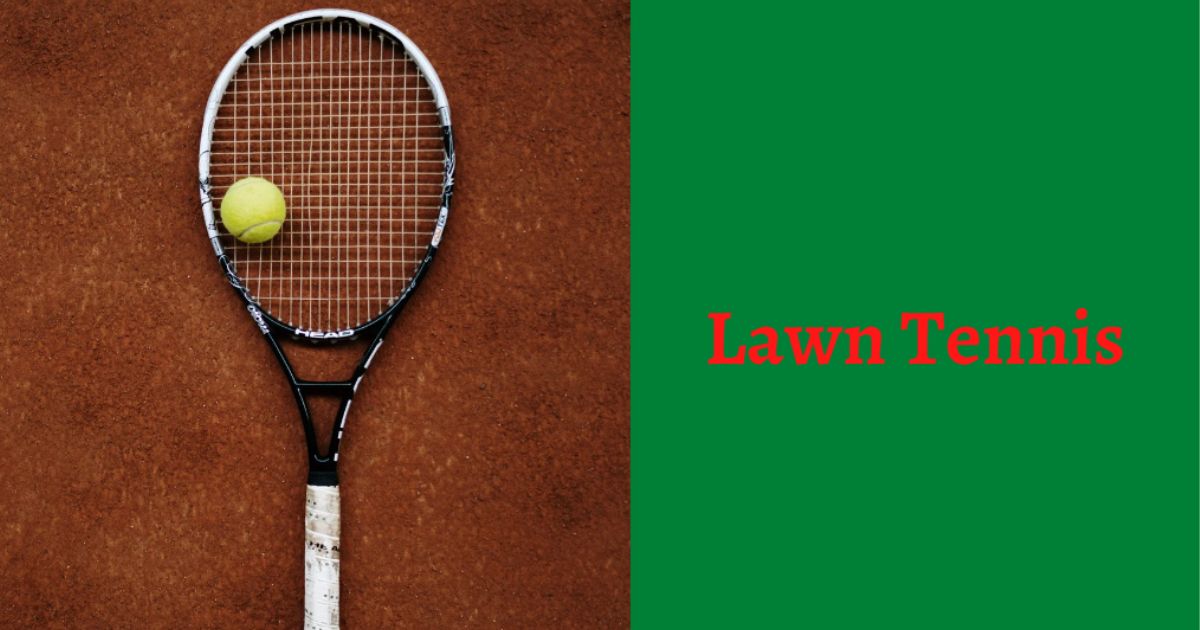
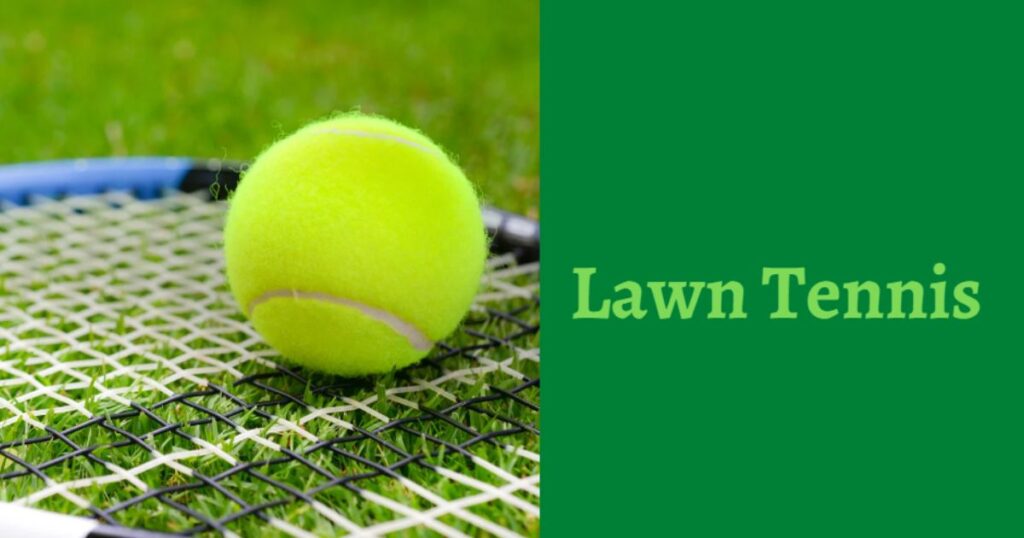
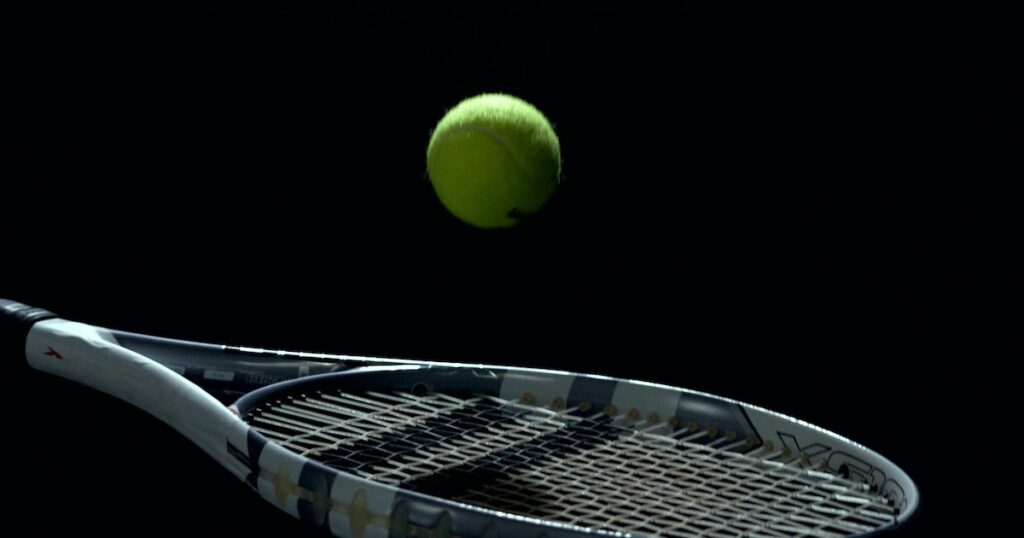
2 thoughts on “The Timeless Charm of Lawn Tennis: An Inspiring Sport for All Ages”